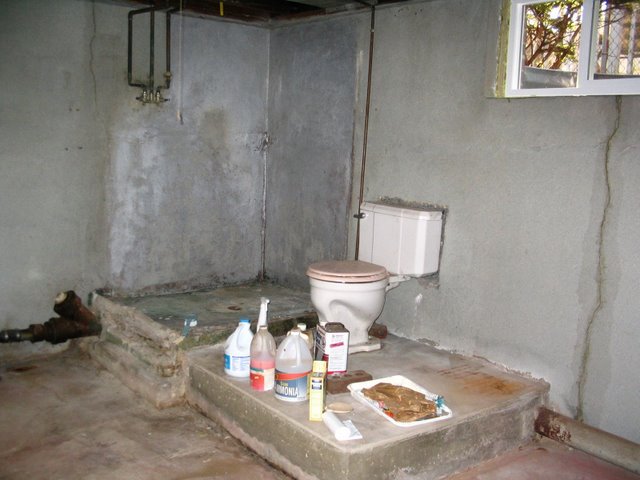Breaking a basement floor is a significant project often undertaken to address issues like water damage, install new plumbing, or create additional living space. The process involves using heavy tools like jackhammers or concrete saws to remove the existing slab. Proper planning is essential, including checking for utility lines or structural concerns. Safety precautions, such as wearing protective gear and ensuring proper ventilation, are crucial. Breaking a basement floor is labor-intensive but necessary for many renovation or repair projects.
Before starting, assess the reason for breaking the basement floor. If it’s due to water damage, identify and fix the source of moisture to prevent future issues. For plumbing or electrical work, map out the new layout to minimize unnecessary demolition. Renting or purchasing the right tools, such as a jackhammer or concrete saw, ensures efficient work. Breaking the floor in sections rather than all at once makes the process more manageable. Careful planning saves time and reduces complications.
The actual process of breaking the basement floor requires strength and precision. Start by scoring the concrete with a saw to create manageable sections. Use a jackhammer to break the slab into smaller pieces, working systematically to avoid damaging walls or supports. Remove debris promptly to maintain a clear workspace. For larger projects, consider hiring professionals with experience in concrete demolition. Their expertise ensures the job is done safely and efficiently.
After breaking the basement floor, address any underlying issues before installing a new slab. This may include repairing cracks, adding drainage systems, or leveling the subfloor. Proper preparation ensures the new floor is stable and durable. Installing a vapor barrier and reinforcing the concrete with rebar or mesh adds strength and prevents future problems. Taking these steps ensures the basement remains functional and safe for years to come.
Breaking a basement floor is a challenging but often necessary task for home improvement projects. Whether you’re addressing damage, upgrading utilities, or creating new space, proper planning and execution are key. Safety, precision, and thorough preparation ensure the project’s success. While it’s a labor-intensive process, the results can significantly enhance your home’s functionality and value. With the right approach, breaking and replacing a basement floor becomes a worthwhile investment.
Beautiful Stone Mansion In Minneapolis, MN Homes of the Rich
Related Posts:




